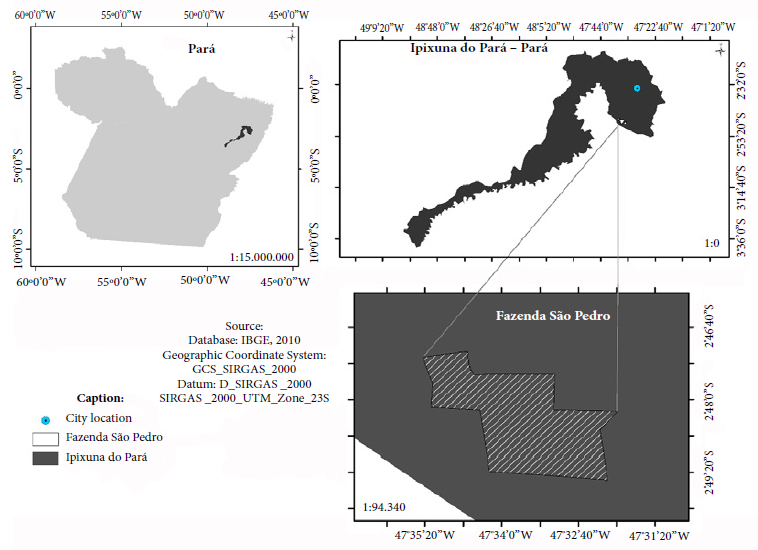Abstract
Economic analysis assists the administration of forest projects (mainly long-term ones) in providing solidity to the investment. This study aimed to analyze the economic viability of an eucalyptus plantation used for pulp production in the mesoregion of Southern Pará, Brazil. Financial analysis was performed using the following methods: net present value (NPV), equivalent annual value (EAV), soil expectation value (SEV), internal rate of return (IRR), and benefit-cost ratio (BCR). Additionally, sensitivity analysis was conducted to identify the cost and revenue values that would represent the interface regarding the viability of the project. To this end, a cash flow was created for different scenarios of cost and revenue. The economic indicators demonstrated that the investment, as proposed in the marketing of standing timber, proved to be economically viable. Sensitivity based on the updated net revenue, despite fluctuations, made the project profitable.
Keywords:
cash flow; forest economics; financial sensitivity analysis


